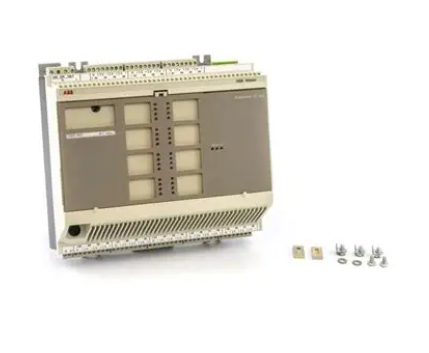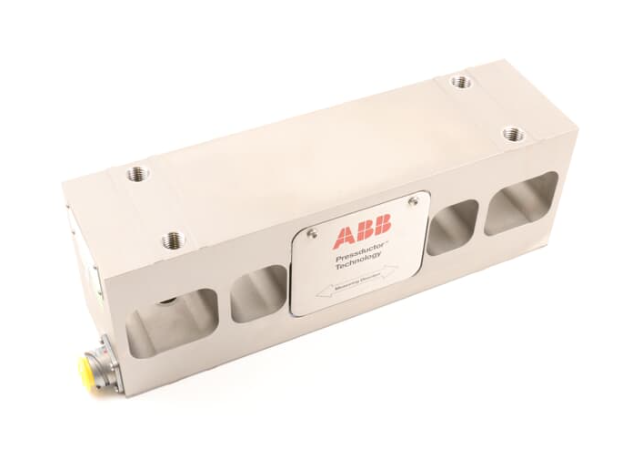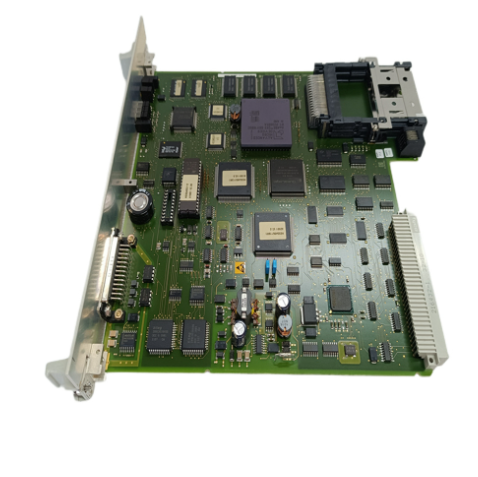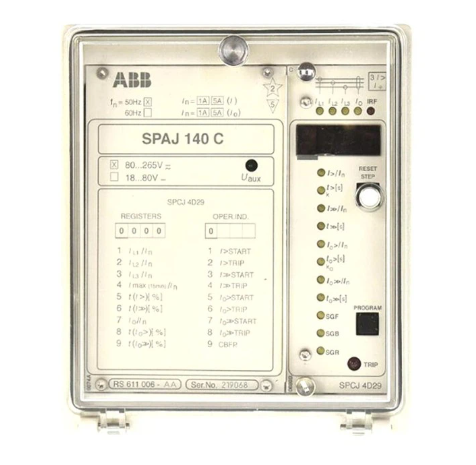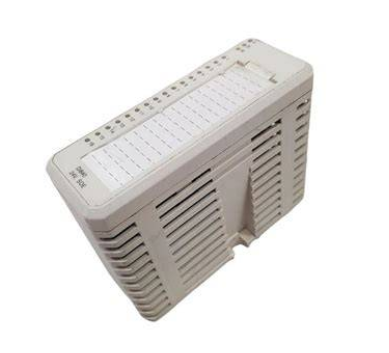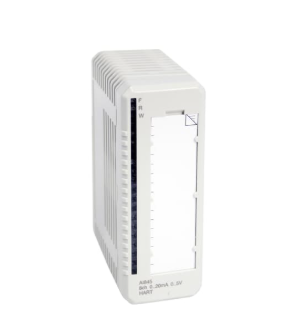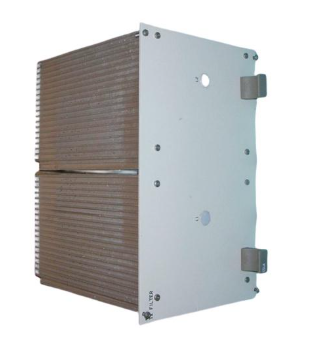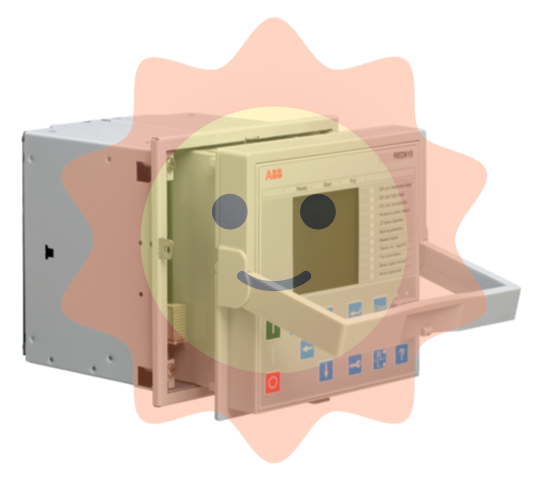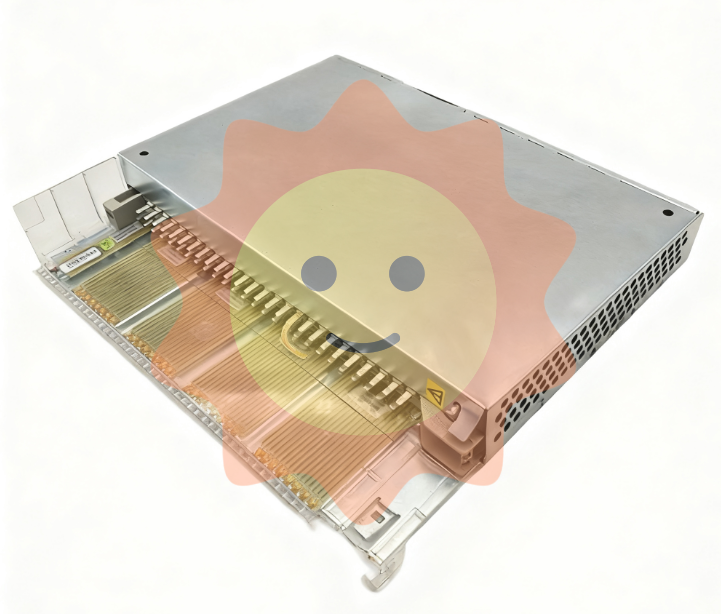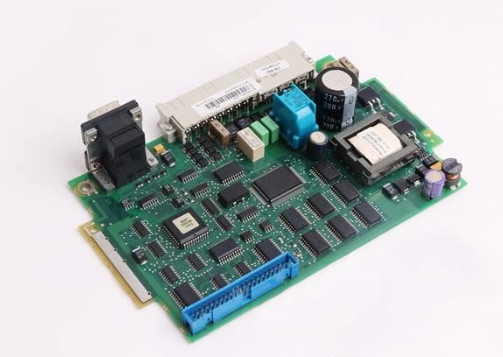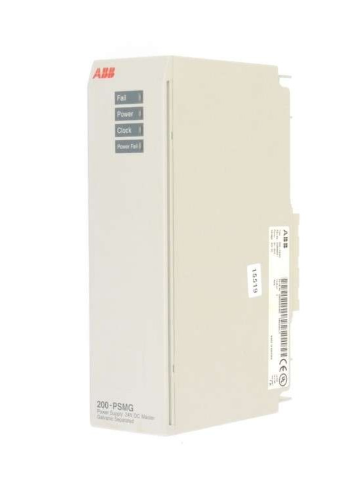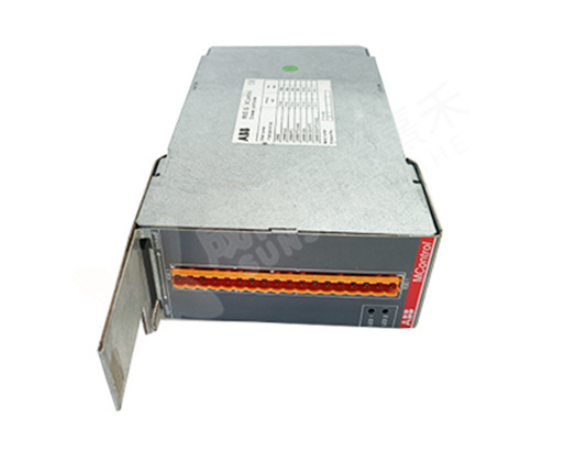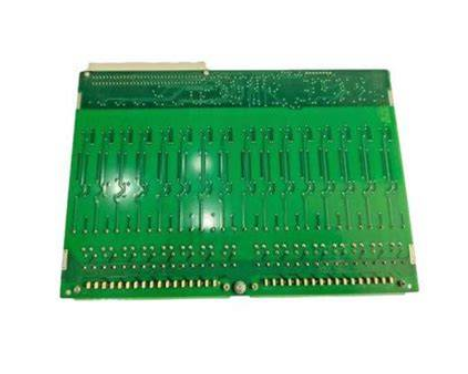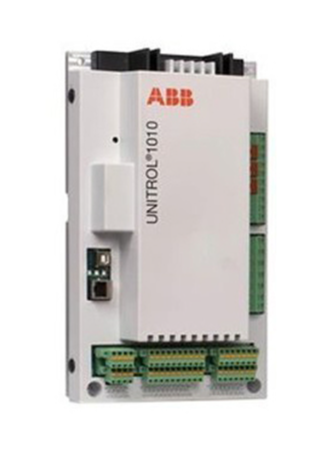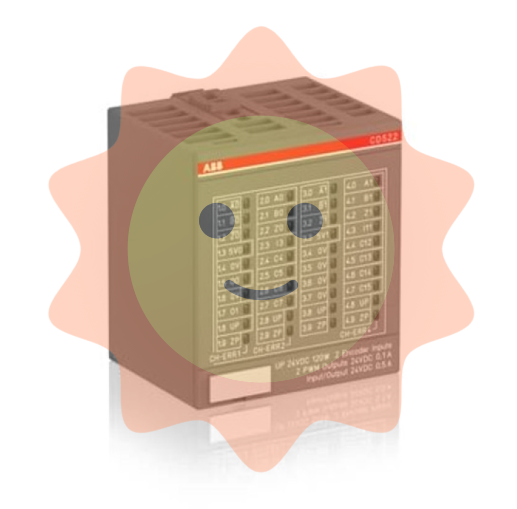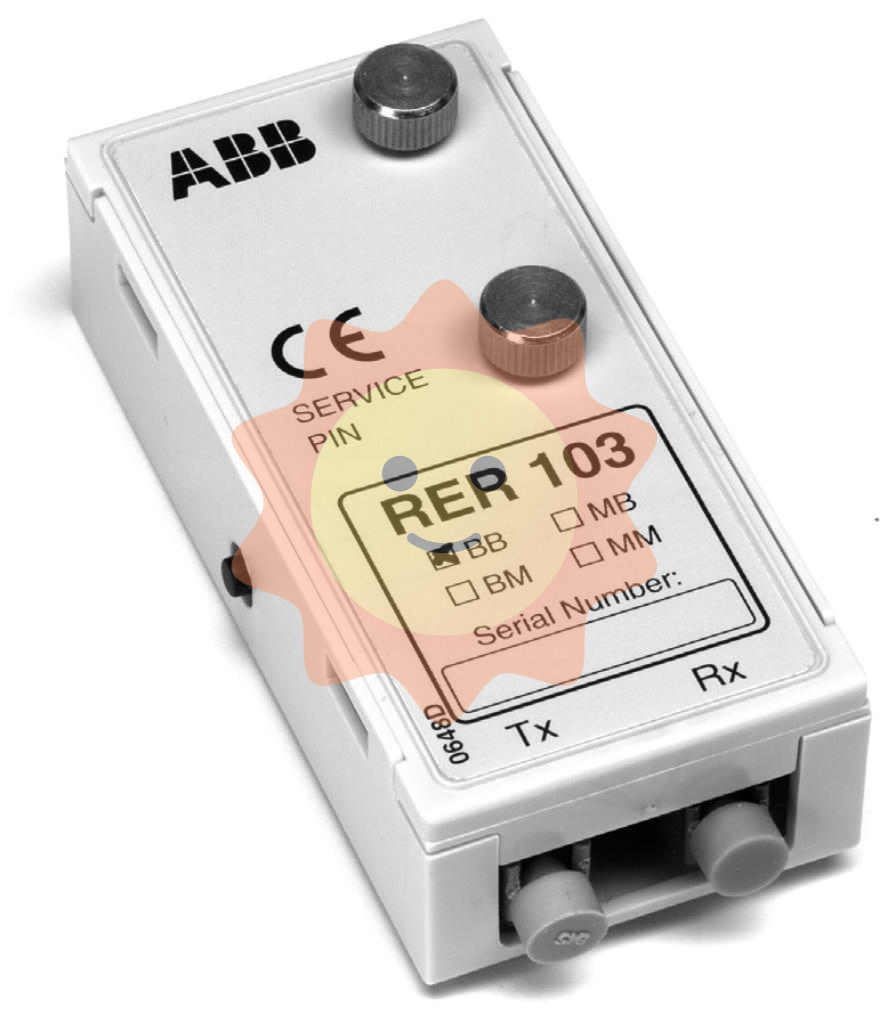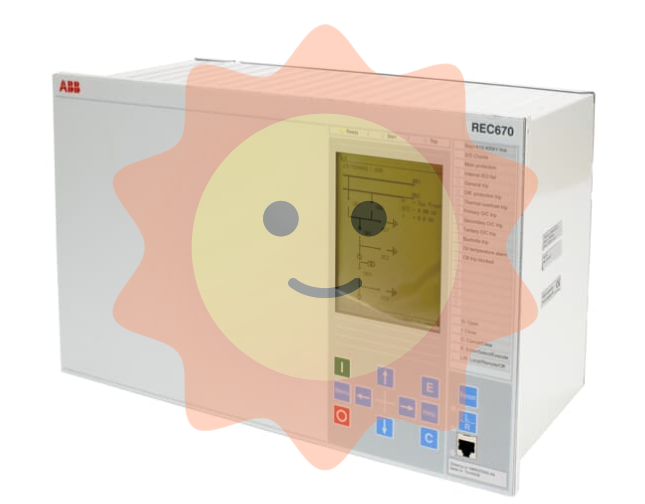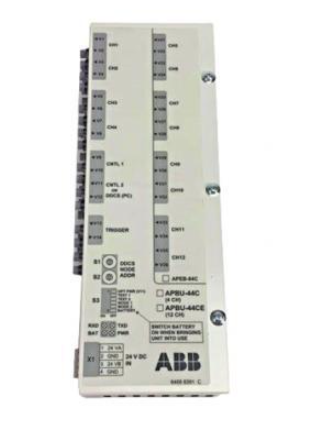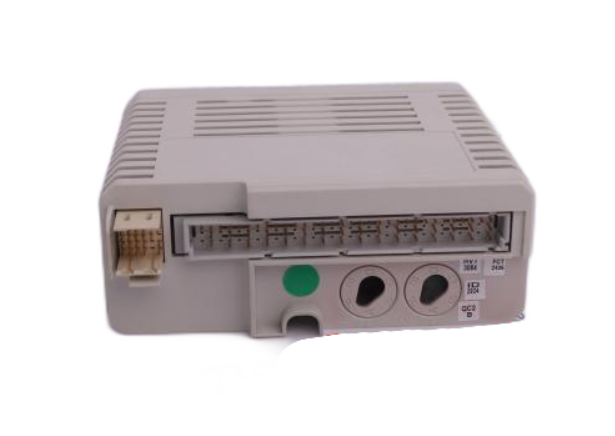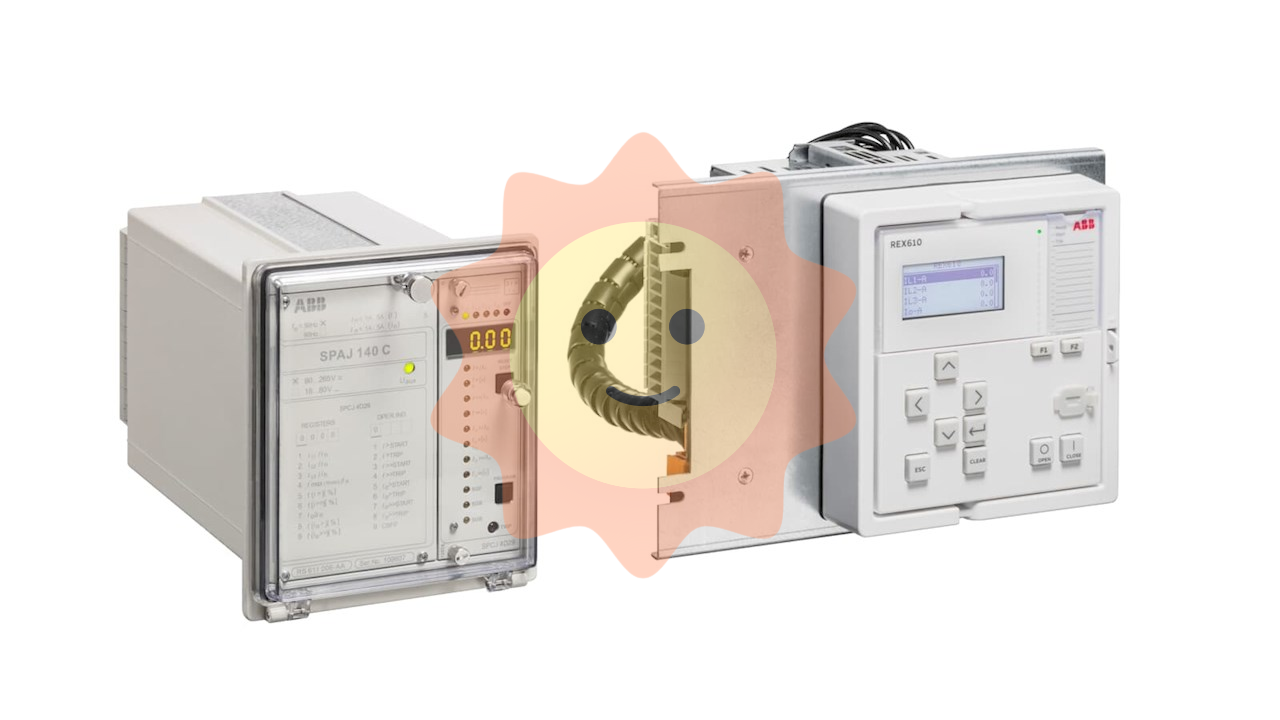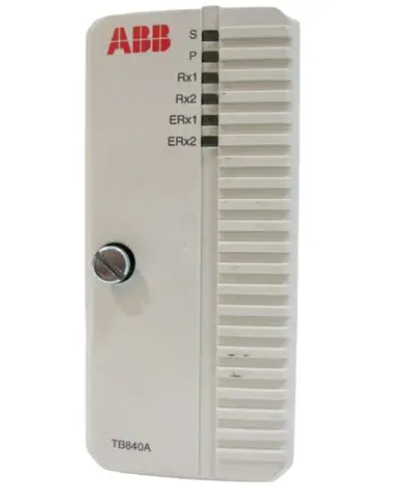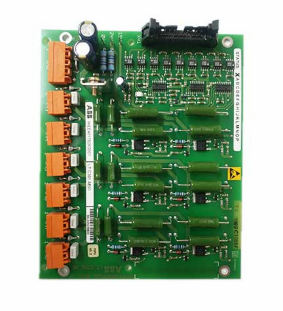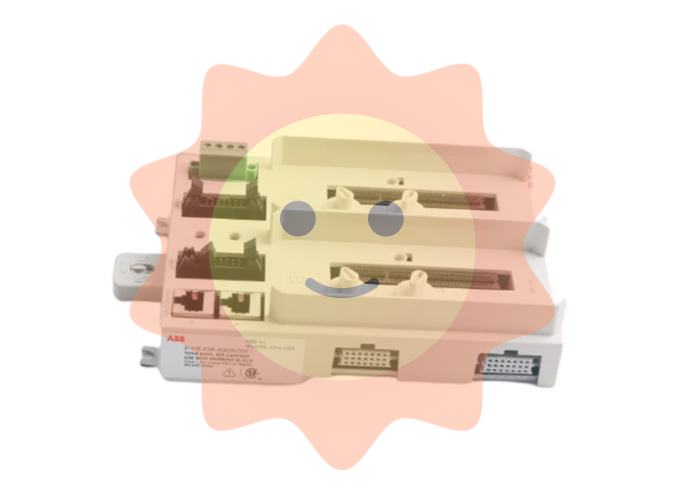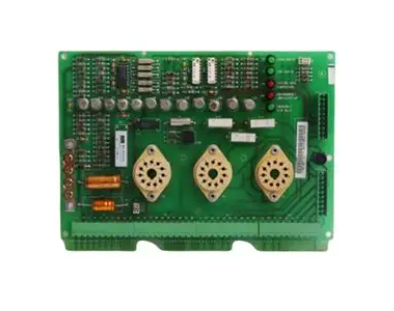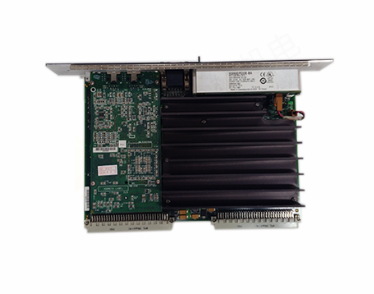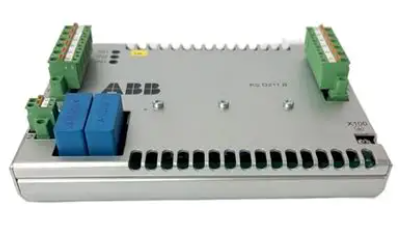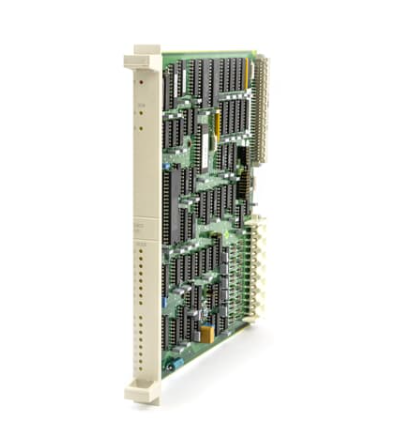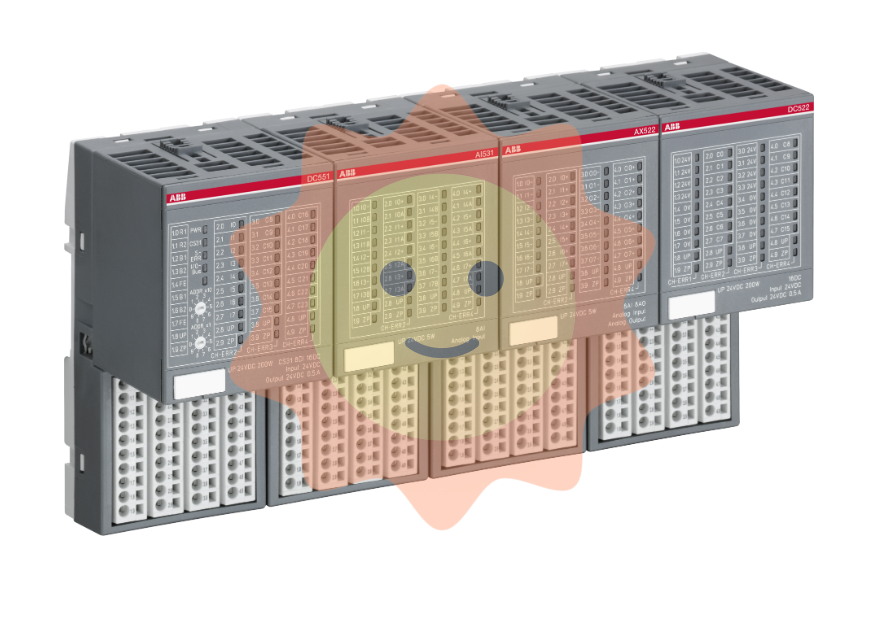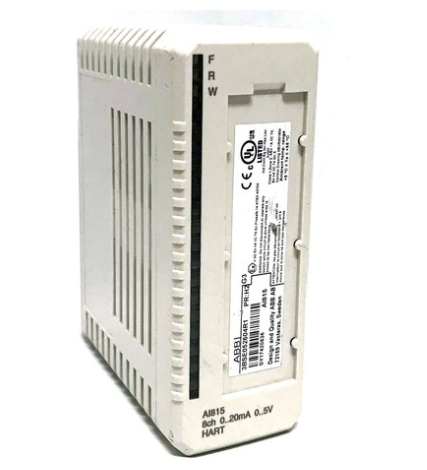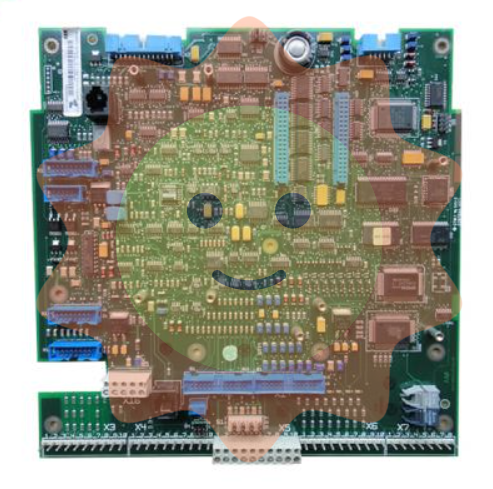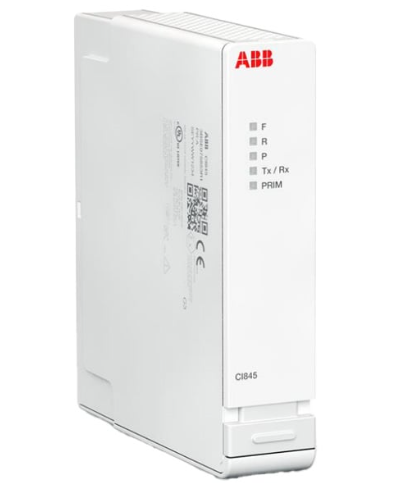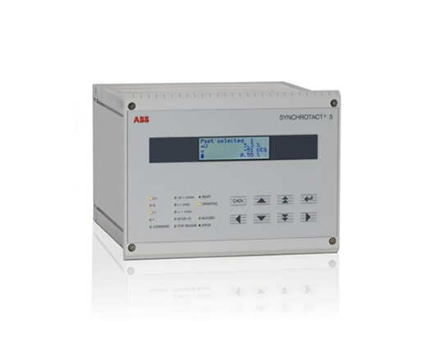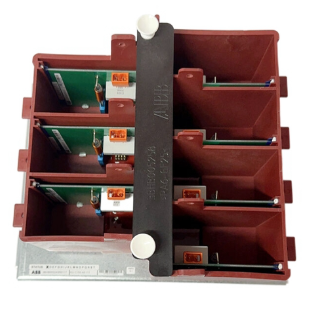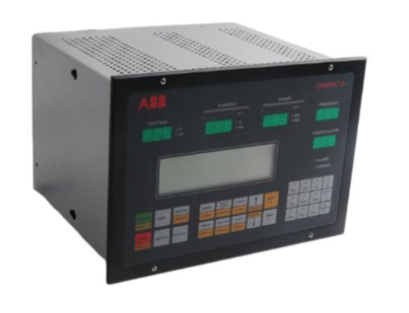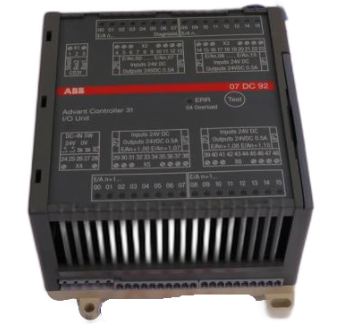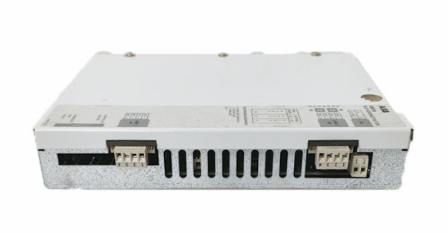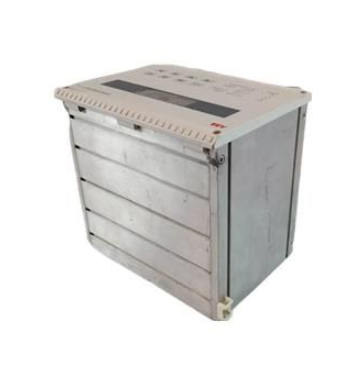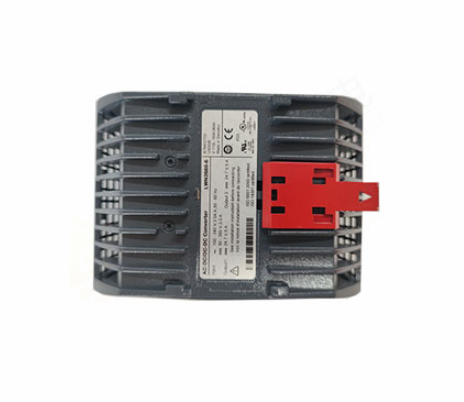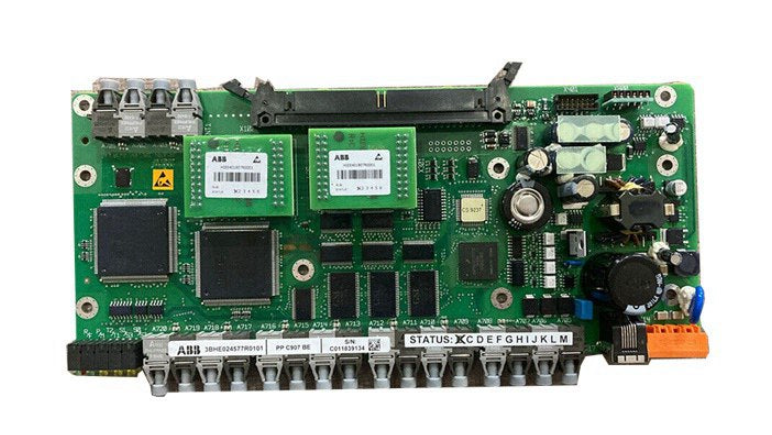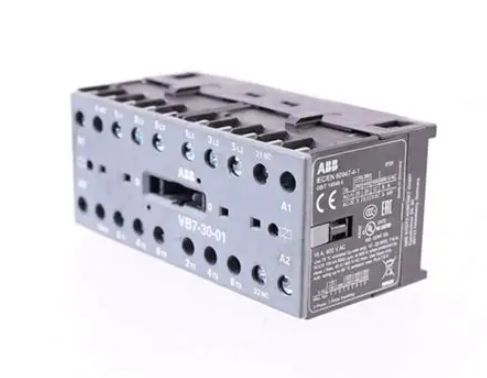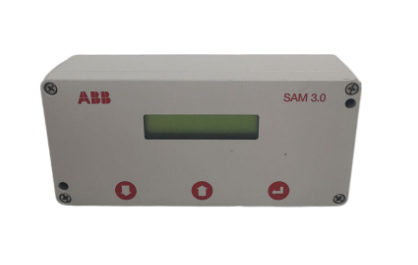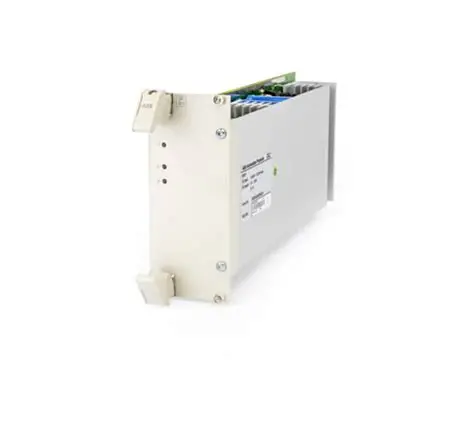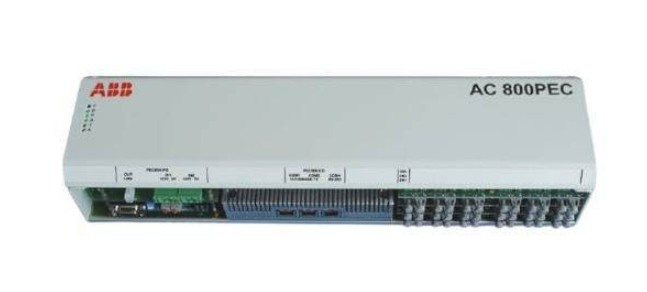ABB 3BSE018157R PM861AK01 Processor Unit
(2) Flexible scalability and compatibility
Modular design endows the processor unit with strong scalability, allowing users to flexibly configure input/output modules, communication modules, etc. according to actual needs, easily expanding system functionality and scale. At the same time, good compatibility enables it to adapt to various industrial equipment and communication protocols, whether it is upgrading old systems or integrating new systems, it can be quickly integrated, reducing the cost and difficulty of enterprise system integration.
(3) Efficient and convenient maintainability
The comprehensive fault diagnosis and display function can quickly locate the fault point through indicator lights, communication interfaces, and other means, greatly reducing the time for fault troubleshooting. The modular structure design makes it easy to replace faulty modules without the need for complex tools and operations, reducing maintenance manpower and time costs. In addition, it supports online programming and remote debugging functions, allowing engineers to update programs and adjust parameters of processor units without interrupting system operation, improving equipment maintenance efficiency and flexibility of use.
Precautions
(1) Installation requirements
When installing, it is necessary to choose a dry, well ventilated environment without severe vibration, away from high temperature, humidity, dust, and strong electromagnetic interference sources. Strictly follow the steps in the product manual to ensure that the processor unit is securely installed on the control cabinet guide rail or mounting plate. During the installation process, avoid collisions and squeezing to prevent damage to internal components; Reserve sufficient space for wiring and heat dissipation to ensure the normal operation of the equipment.
(2) Electrical connection
Before electrical connection, make sure to cut off all power sources to ensure safe operation. Refer to the wiring diagram to correctly connect the power supply, communication lines, and input/output signal lines, strictly distinguish the cable connection ports and polarities, and prevent equipment damage or system failure caused by incorrect connections. Select cables that meet the specifications and take appropriate fixing and protective measures to prevent cables from being pulled or worn by external forces; The communication cable adopts shielded wire and is correctly grounded to reduce the impact of electromagnetic interference on communication quality.
(3) Programming and Debugging
Programming and debugging require the use of ABB official designated software and tools, following programming specifications and standards. Before writing the program, carefully read the product manual to fully understand the functions and operating methods of the processor unit. Conduct comprehensive testing and verification of the program to ensure the accuracy and correctness of the control logic. During the debugging process, gradually check whether the functions of data collection, control output, communication, etc. are normal. If any problems are found, promptly troubleshoot and solve them to ensure the stable operation of the processor unit.
(4) Daily maintenance
Regularly inspect and maintain the processor unit, checking for any damage to the device's appearance, loose wiring, and normal indicator light display. Timely clean the surface dust to ensure good heat dissipation. Regularly monitor the working status and operating parameters, such as memory usage, processor load, communication status, etc., and promptly handle any abnormalities found. According to the product manual requirements, regular calibration and maintenance should be carried out to extend the service life of the equipment and ensure long-term stable operation.

- EMERSON
- Honeywell
- CTI
- Rolls-Royce
- General Electric
- Woodward
- Yaskawa
- xYCOM
- Motorola
- Siemens
- Rockwell
- ABB
- B&R
- HIMA
- Construction site
- electricity
- Automobile market
- PLC
- DCS
- Motor drivers
- VSD
- Implications
- cement
- CO2
- CEM
- methane
- Artificial intelligence
- Titanic
- Solar energy
- Hydrogen fuel cell
- Hydrogen and fuel cells
- Hydrogen and oxygen fuel cells
- tyre
- Chemical fiber
- dynamo
- corpuscle
- Pulp and paper
- printing
- fossil
- FANUC
- Food and beverage
- Life science
- Sewage treatment
- Personal care
- electricity
- boats
- infrastructure
- Automobile industry
- metallurgy
- Nuclear power generation
- Geothermal power generation
- Water and wastewater
- Infrastructure construction
- Mine hazard
- steel
- papermaking
- Natural gas industry
- Infrastructure construction
- Power and energy
- Rubber and plastic
- Renewable energy
- pharmacy
- mining
- Plastic industry
- Schneider
- Kongsberg
- NI
- Wind energy
- International petroleum
- International new energy network
- gas
- WATLOW
- ProSoft
- SEW
- wind
- ADVANCED
- Reliance
- YOKOGAWA
- TRICONEX
- FOXBORO
- METSO
- MAN
- Advantest
- ADVANCED
- ALSTOM
- Control Wave
- AB
- AMAT
- STUDER
- KONGSBERG
- MOTOROLA
- DANAHER MOTION
- Bently
- Galil
- EATON
- MOLEX
- Triconex
- DEIF
- B&W
- ZYGO
- Aerotech
- DANFOSS
- KOLLMORGEN
- Beijer
- Endress+Hauser
- MOOG
- KB
- Moxa
- Rexroth


Email:wang@kongjiangauto.com

